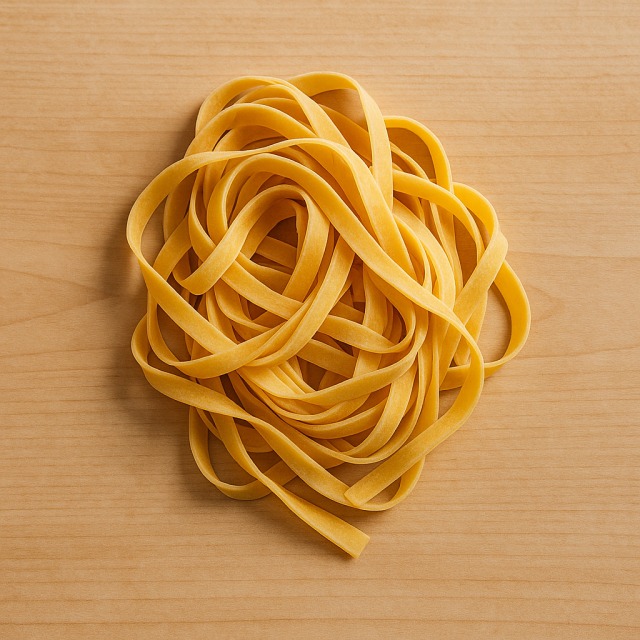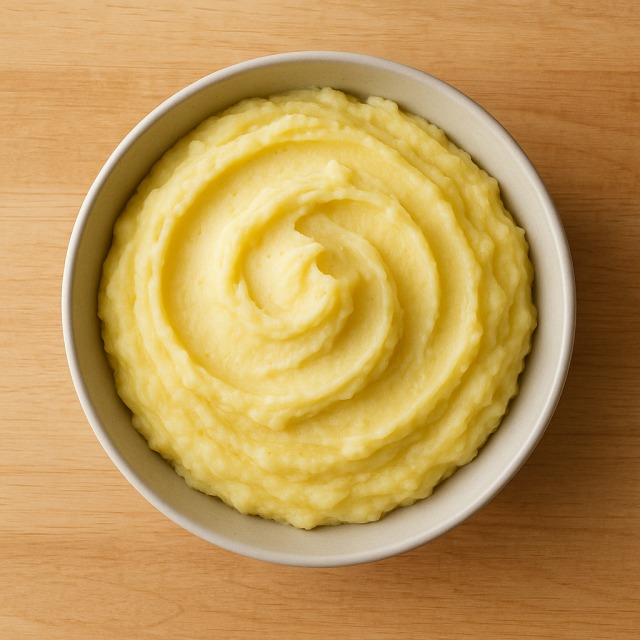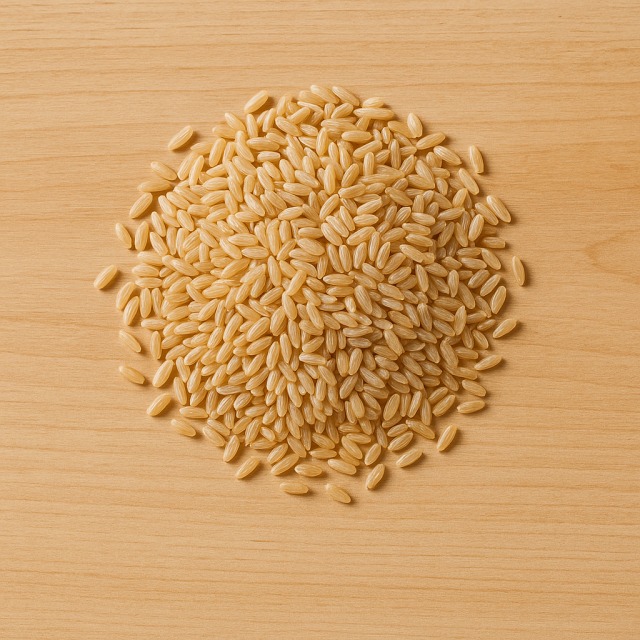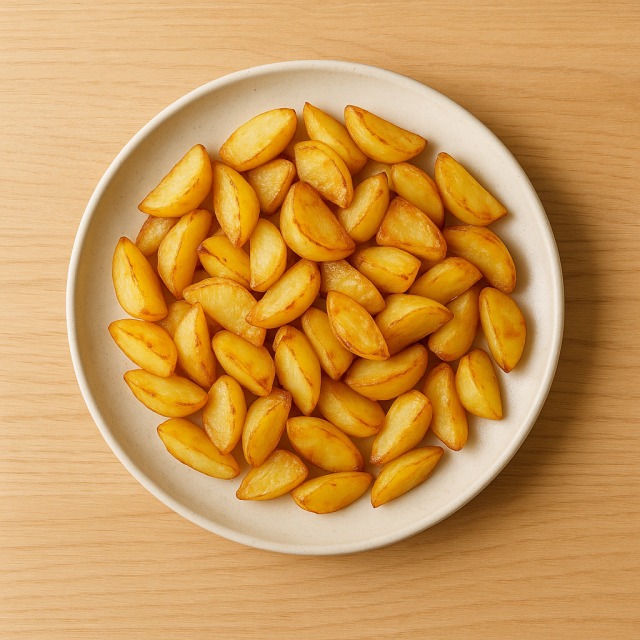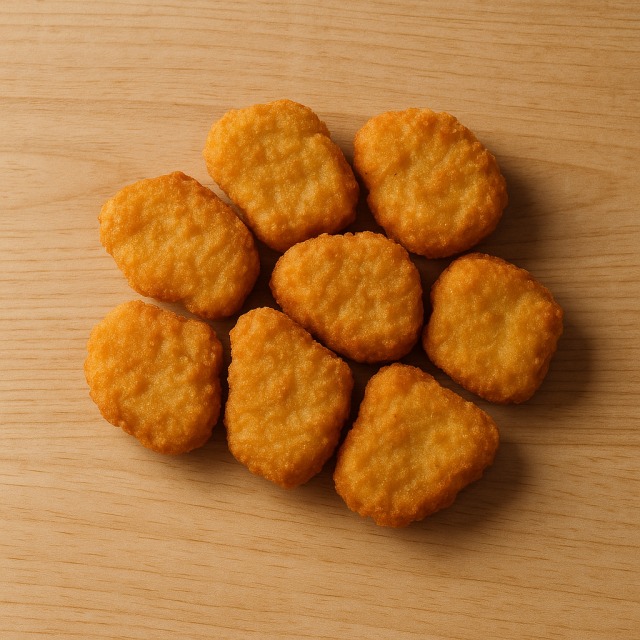Calorie Chart / Trimmings / Gnocchi
How Many Calories Are in Gnocchi?
Calculation of the nutritional value & Recommended Dietary Intake of gnocchi
For g and a calorie requirement of kcal
| Calories 270 kcal | Proteins 13 g | Lipids 10 g | Carbohydrates 32 g |
| 14% | 17% | 15% | 12% |
Health benefits of gnocchi

Gnocchi - 100g
Calories 135 kcal
Proteins 6.5 g
Lipids 5 g
Carbohydrates 16 g
With only 135 calories per 100 g, gnocchi is generally considered a moderate-calorie starchy side dish. Those calories mainly come from complex carbohydrates that provide gradual energy rather than sudden sugar spikes. Because the calories are moderate, gnocchi can fit into both weight-loss and weight-maintenance plans without blowing a daily calorie budget.
Made from potato and wheat flour, gnocchi delivers small but useful amounts of B-group vitamins (B1, B3, B6) that support energy metabolism, as well as potassium for electrolyte balance, magnesium for muscle function, and a touch of plant iron. These nutrients accompany the calories and help turn those calories into usable fuel for the body. Thanks to the potato component, gnocchi also supplies a little resistant starch, which may nurture beneficial gut bacteria.
For active people, the mix of carbohydrates and 6.5 g of protein per 100 g makes gnocchi a convenient recovery food after training: the calories refill glycogen stores, while the protein contributes to muscle repair. Historically, Italian shepherds appreciated this calorie supply because gnocchi traveled well and cooked quickly. Whether you need more or fewer calories, gnocchi is flexible: dress it lightly for a lower-calorie meal or enrich it with cheese for extra calories.
Tips for incorporating gnocchi into a balanced diet
To keep the calories of a gnocchi dish under control, sauté the dumplings in a non-stick pan with a mist of olive oil and serve them with a light tomato sauce and steamed broccoli. This trio yields volume, color, and flavor while limiting added calories.
If your objective is a balanced post-workout plate, toss hot gnocchi with strips of grilled chicken breast, fresh spinach, and a spoon of pesto sauce. The protein complements the carbohydrates, and the overall calories remain moderate as long as the pesto portion is measured.
For an indulgent yet still mindful option, bake gnocchi in a light gratin: combine the dumplings with roasted zucchini, sprinkle a modest layer of mozzarella (watch the calories), and grill until golden. Using plenty of vegetables bulks up the plate without excessive calories.
General tips: weigh raw gnocchi to gauge calories accurately, avoid oversized portions (120–150 g raw per adult is enough), and balance the rest of the day's calories by choosing fruit such as an apple for dessert instead of a pastry. Remember that sauces, not the gnocchi itself, usually add the most calories, so keep creamy ingredients on the side and taste before adding more.
Frequently Asked Questions
- How many calories are in gnocchi?
- There are 135 kcal per 100 g of gnocchi.
- Do pan-fried gnocchi contain more calories than boiled gnocchi?
- Pan-frying often adds fat, so calories can rise by 20–40 kcal per 100 g depending on how much oil or butter you use.
- Are gnocchi lower in calories than regular pasta?
- Standard dry pasta cooked al dente provides about 150–160 kcal per 100 g, so gnocchi are slightly lower in calories, but the difference is small.
- How can I burn the calories from one serving of gnocchi?
- An average 200 g serving supplies roughly 270 calories. A 30-minute brisk walk or 20 minutes of cycling at moderate intensity will usually offset those calories.
- Are gnocchi suitable for a weight-loss diet focused on reducing calories?
- Yes, if you control portions and choose low-fat toppings. Because the base calories are moderate, gnocchi can fit into a calorie-deficit plan.
- Do gluten-free gnocchi have the same calories?
- Gluten-free versions made with rice or corn flour have comparable calories, usually between 130 and 150 kcal per 100 g.
Similar foods
Information provided by Calorie Menu may contain inaccuracies or errors. It cannot, under any circumstances, substitute medical advice or medication.

